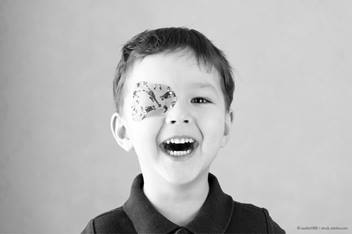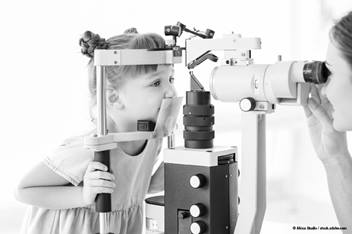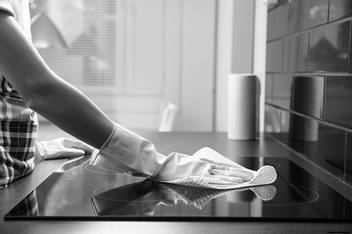Eye Injury Corneal Abrasion
![]()
Your child has a corneal abrasion (KOR-nee-ul-uh-BRAY-zhun). The cornea is the clear part of the eye that covers the colored part (iris) and black center (pupil) of the eye. (Picture 1). Normally, the cornea is clear and transparent.
Causes
An abrasion is an injury caused by something scratching or rubbing the surface of the eye. Trauma is the most common cause of corneal abrasion. A foreign substance, even a tiny speck of dirt, may injure the eye. Contact lenses can also scratch the eye. Soaps, detergents, or other chemicals can cause an abrasion if they get into the eye.
Symptoms

-
Eye pain
-
Eye redness
-
Eye rubbing
-
Watering/tearing
-
Eyes sensitive to light
-
Headache
-
Blurred vision
-
In infants, very fussy (irritable)
-
Keeping eye closed or covered
-
Feeling of "something in the eye," especially with blinking
Diagnosis
To diagnose an abrasion, the doctor will perform an exam on the front of the eye. They can put numbing drops in the eye to make the exam more comfortable. A yellow drop will be placed in the eye. It will stain the eye and show if there is an abrasion.
Treatment
Most corneal abrasions heal in 24 to 48 hours. In the meantime, your child's doctor or health care provider may suggest:
- Rest and giving Tylenol® or Motrin® for pain relief.
- That your child wear an eye patch. A patch is not always needed.
- Using antibiotic drops or ointment.
- With a severe abrasion, a bandage contact lens can be used to help with healing and reduce pain.
- You need to leave the lens alone. The doctor will insert and remove it. These contact lenses are safe to sleep in.
Follow-up is very important. You will need to follow-up with your doctor or health care provider each day or as directed. If a corneal abrasion gets infected, it can become a corneal ulcer. This can damage the vision in the eye forever.
What You Can Do
If you think your child has gotten something in his eye, first try to rinse out the eye by pouring water or a saline solution for eyes into it.
-
If a chemical, such as a household cleaner, splashes a child’s eye, wash the eye for 10 minutes, then call your doctor or health care provider or go to the emergency room right away.
-
Sometimes blinking will often remove a particle from under the eyelid.
-
Teach your child not to rub their eye. You can use a soft tissue or cloth to gently lift something from the white part of the eye. If it's on the cornea, do not try to remove it. If you cannot remove it or if you still feel there is something in the eye, call your doctor or health care provider.
When to Call the Doctor
Call your child’s doctor or health care provider if any of these things occurs:
-
Drainage from the eye
-
Pain or redness gets worse
-
Child gets fussy and won't open their eye
-
Decreased vision
-
Light sensitivity
-
You can't remove the substance or you feel there is still something in the eye.
If you have any questions, be sure to ask your child’s doctor or nurse.
HH-I-204 2/99, Revised 4/22 Copyright 1999 Nationwide Children’s Hospital



